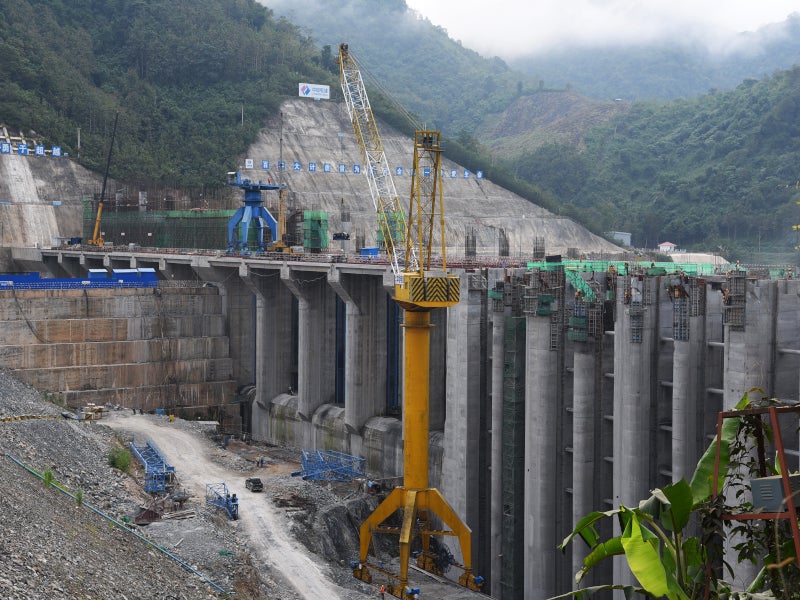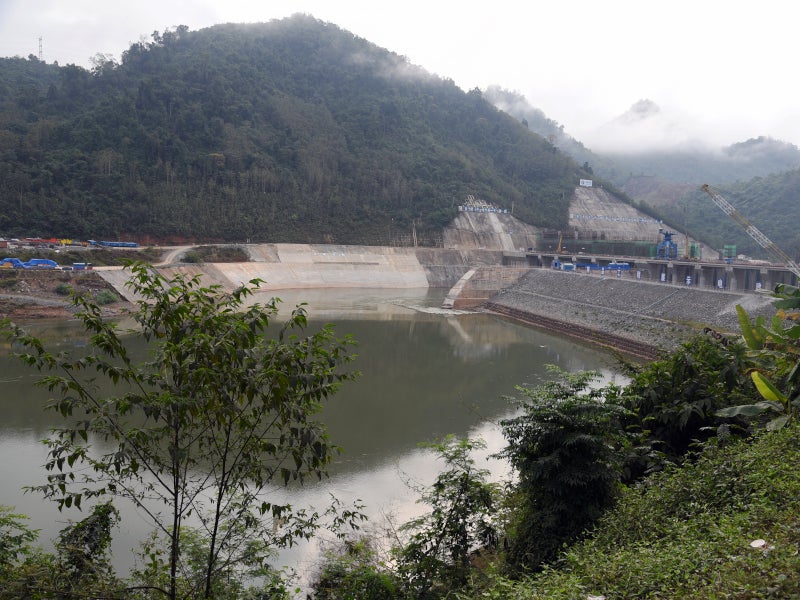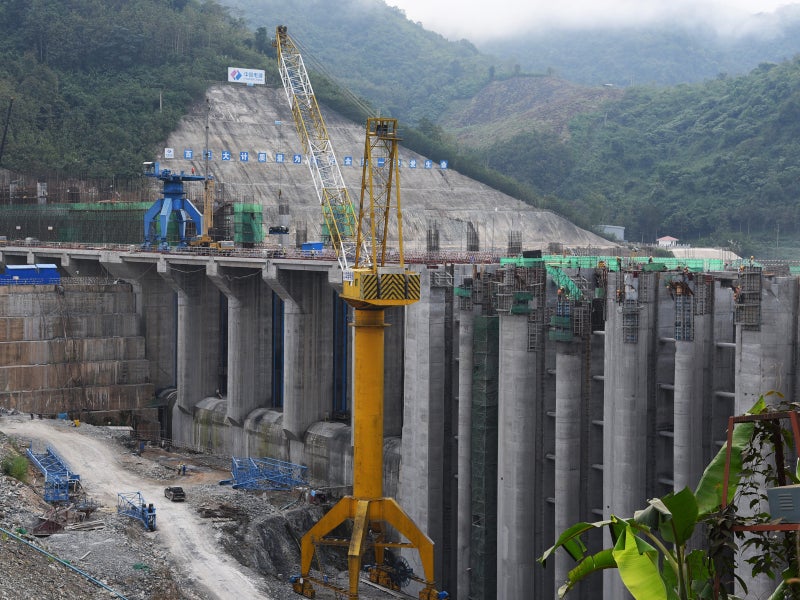The Luang Prabang hydropower project, located in the Luang Prabang province of Laos, is a 1,400MW power project being developed on the Mekong River. It is the second in the cascade of run-of-river projects on the Mekong mainstream, positioned within the Lower Mekong Basin.
The Luang Prabang project is jointly owned by CK Power (50%), CH. Karnchang (20%), Gulf Hydropower (20%), and PT (Sole) (10%).
The project achieved a milestone in December 2023, with the successful completion of the first crucial factory acceptance test for the draft tube of unit one, conducted at Techcent in Chengdu, China.
The plant is projected to generate an average annual energy output of 6,500GWh.
The construction of the power plant commenced in 2020 while commissioning is anticipated by 2029.
Location of the Luang Prabang project
The Luang Prabang hydropower project will be developed on the Mekong mainstream in the village of Houygno in Luang Prabang province. The site is located approximately 25km from the town of Luang Prabang and 2,036km from the Mekong Delta in Vietnam.
It is strategically located between the Pak Beng project upstream and the Xayaburi project downstream, both of which are part of the Mekong mainstream projects.
Luang Prabang hydropower plant details
The proposed reservoir for the project will encompass an area of 49km², extending to the Pak Beng hydropower plant.
A left bank closing structure will be constructed to seal the original main river channel. It will be designed as a roller-compacted concrete (RCC) gravity dam, standing 53m above the foundation level with a total length of 281.23m. The dam crest will be at an elevation of 317m above sea level (asl) with a width of 12m. The foundation level will be at 264m asl.
A navigation lock, designed to divide the maximum lifting height of 35.5m into two equal parts, will be situated on the right bank of the Mekong River. It is expected to be operational 95% of the time and will be closed only during significant floods. The navigation system will be a two-step structure accommodating two 500DWT vessels.
The spillway structure will consist of six surface spillway bays and three low-level outlet bays, arranged into two main blocks, with six radial surface gates each measuring 19m wide and 25m high.
Powerhouse details at Luang Prabang hydropower project
The powerhouse will measure 275m long, 97m wide, and 80m high. It will house seven vertical Kaplan turbines, three auxiliary units, and an erection bay at each end.
The vertical Kaplan turbines will have a capacity of 200MW each and a discharge of 765m³/s per unit. The turbines will also feature the world’s largest discharge capacity, surpassing 950m³/s.
A three-phase synchronous-type generator with an output rating of 220MVA will be included in the powerhouse.
The plant will be equipped with seven three-phase transformer units and one spare unit, each rated at 240MVA, operating at a voltage reduction of 16/550kV. Additionally, the plant will include 550kV SF6 gas-insulated metal-enclosed switchgear.
Power transmission details
A 500kV double-circuit line, with a length of approximately 400km, will be constructed to the Vietnamese border, with a further 200km extending to the nearest appropriate substation to transmit the generated power.
Alternatively, electricity may also be transmitted to Thailand through a power line up to 300km in length.
Contractors involved in the Luang Prabang hydropower project
Ch. Karnchang Lao, the engineering, procurement, and construction (EPC) contractor for the project, is progressing with the construction of the main cofferdams and the left pier wall of the project. The company subcontracted BauCon, a construction consulting company, as the contractor’s civil design engineer for the project.
ANDRITZ, a supplier of plants, equipment, automation solutions and services for hydropower stations, is tasked with supplying turbine-generator units, auxiliary equipment, and automation and control systems for the project. The company is also responsible for providing the electro-mechanical equipment for the plant.
AFRY, an international engineering, design and consulting firm, conducted geotechnical field investigations to determine input parameters for the seismic hazard study.
Gerd Kunc Consulting, an engineering consulting company, oversaw the design review and approval of all hydromechanical equipment and factory acceptance tests for intake equipment such as servomotors and hydraulic power units (HPUs), as well as the preparation of tender documents and specifications for hydro-mechanical equipment.
IRT Right Tunnelling, a civil engineering service provider, has been responsible for the civil works of the permanent structures involving the navigation lock, powerhouse, and spillway.






